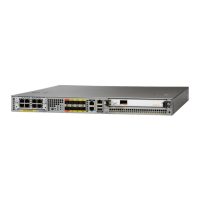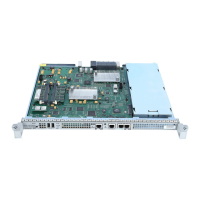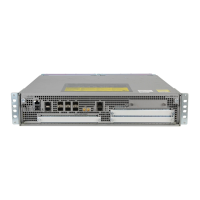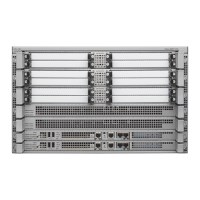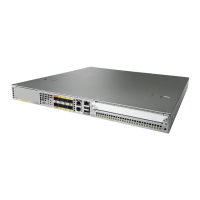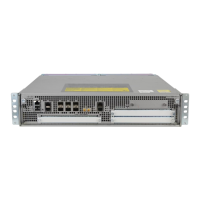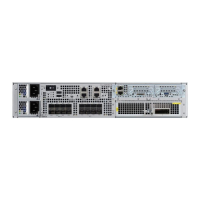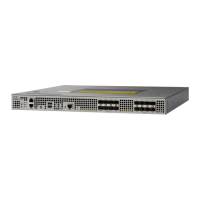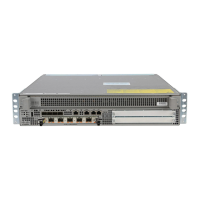Table 3: Accessing and Exiting Command Modes
Exit MethodPromptAccess MethodCommand Mode
Use the logout command.
Router>
Log in.User EXEC
To return to user EXEC mode,
use the disable command.
Router#
From user EXEC mode, use the
enable EXEC command.
Privileged EXEC
To return to privileged EXEC
mode from global configuration
mode, use the exit or end
command.
Router(config)#
From privileged EXEC mode,
use the configure terminal
privileged EXEC command.
Global configuration
To return to global
configuration mode, use the exit
command.
To return to privileged EXEC
mode, use the end command.
Router(config-if)#
From global configuration
mode, specify an interface using
an interface command.
Interface configuration
To exit ROM monitor mode,
use the continue command.
>
From privileged EXEC mode,
use the reload EXEC
command. Press the Break key
during the first 60 seconds
while the system is booting.
ROM monitor
For more information on command modes, refer to the “Using the Command-Line Interface” chapter in the
http://www.cisco.com/en/US/docs/ios/fundamentals/configuration/guide/12_4/cf_12_4_book.html Cisco IOS
Configuration Fundamentals Configuration Guide .
Getting Help
Entering a question mark (?) at the CLI prompt displays a list of commands available for each command
mode. You can also get a list of keywords and arguments associated with any command by using the
context-sensitive help feature.
To get help specific to a command mode, a command, a keyword, or an argument, use one of the following
commands, as shown in the following table:
Cisco ASR 1000 Series Aggregation Services Routers SIP and SPA Software Configuration Guide, Cisco IOS
XE Everest 16.5
8 OL-14127-17
Using Cisco IOS XE Software
Getting Help
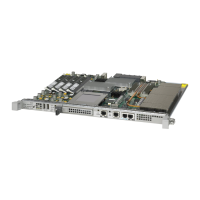
